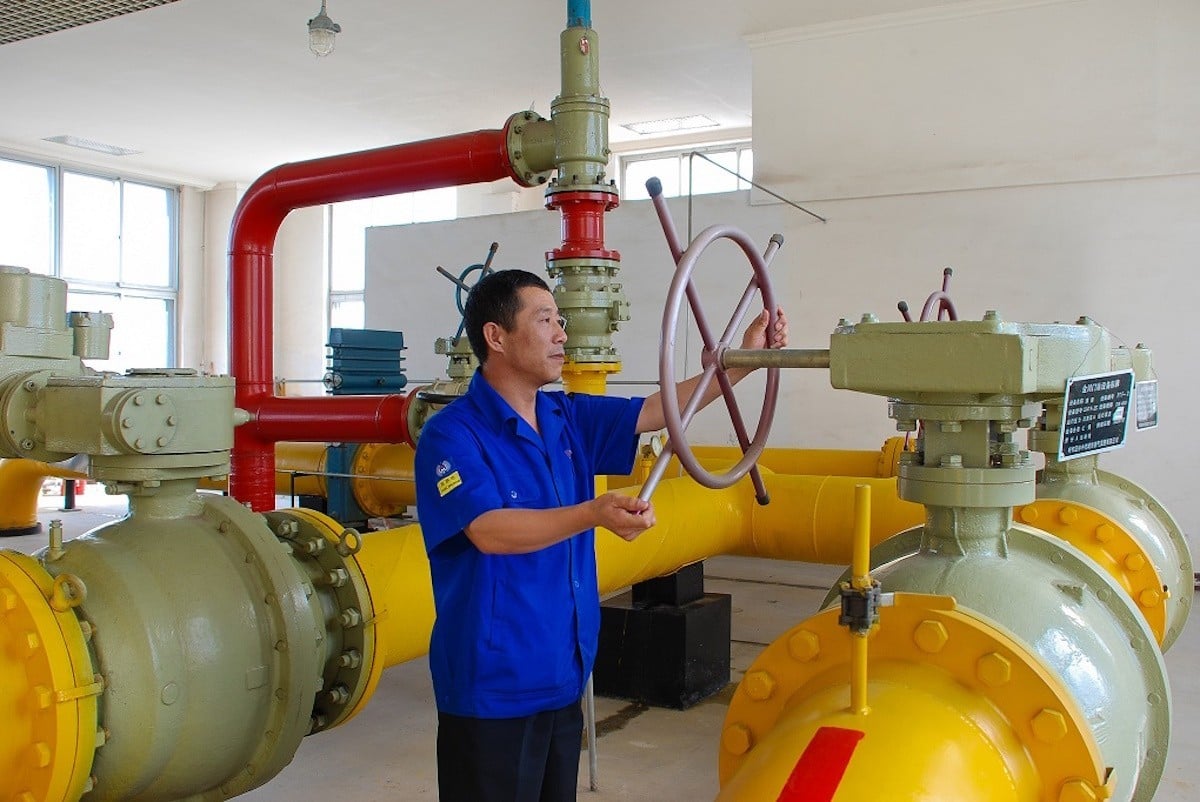India’s opposition to China’s ‘One Belt, One Road’ initiative has received further boost with the US expressing reservations about it. India has been primarily opposed to the initiative because it includes the China-Pakistan Economic Corridor, a flagship project of the connectivity initiative, which proposes to pass through the territory of Pakistan-occupied Kashmir (PoK) which India considers as its integral part. New Delhi has been airing its opposition at every possible forum saying no country can accept a project that ignores its core concerns on sovereignty and territorial integrity. The US has boosted India’s stand by taking a position that global connectivity cannot be imposed by any one nation.
China has designed the ‘One Belt, One Road’ initiative to re-establish China’s economic greatness as China had road and sea links with most countries of the world in the past centuries. The initiative seeks to revive the Silk Road. The real objective of China is to restructure its economy to reduce the predominance of manufacturing. It is as the factory of the world that China has made its astounding economic progress. Big brands of Europe and the US set up manufacturing units in China as the labour was cheap, the infrastructure was good and the incentives of the government were helpful. China developed manufacturing at small levels too and most nations started getting cheap goods made in the country which were in demand as the customers were happy paying lesser. However, too much manufacturing caused a very high level of pollution in China. Work in some cities of the country had to be stopped because of high pollution.
What China aims to do with the ‘One Belt, One Road’ initiative is to shift manufacturing to other countries. It has mapped poor countries of Asia as its ‘partners’. It is telling them to set up factories and infrastructure like roads and ports. The political leaderships of these nations have to sell the idea to their people that it will create income and employment for local people and open up avenues for new businesses. However, these nations are not weighing in the costs of manufacturing which China has been only trying to shift to them.
China is pushing nations into projects that threaten to create unsustainable debt burden for those countries. Sri Lanka has acquired an unsustainable debt burden of $8 billion in building the Hambantota port. Pakistan, Laos and Myanmar may face similar prospects. Experts have noted that the Chinese infrastructure projects in foreign countries are executed by state-owned enterprises and the financing programmes by those enterprises, which initially appear attractive, turn sour ultimately. China is using its strategic muscle to push through the initiative. Pakistan has been a part of the initiative from the very beginning as it saw the scope for hurting India with the backing of China. The China-Pakistan Economic Corridor was to pass through the PoK territory and China took Pakistan’s consent for granted.
China’s spirit behind the ‘One Belt, One Road’ initiative is imperial. It is aimed to revive the glory of imperial China. The leadership of the Chinese Communist Party, particularly the top leader Xi Jingping, aims to arouse the sentiments of historical pride among the common people of China in order to mobilize popular support for itself. The leadership of the Chinese Communist Party hopes that mobilizing on the grounds of historical pride would make it easier for them to carry out the restructuring of the Chinese economy to reduce the predominance of manufacturing. If factories are closed down and if new factories are not opened, the average Chinese is going to get upset and concerned about where they would get jobs. The transition to sectors such as services might involve a time gap between loss of jobs in manufacturing and creation of new jobs in other sectors. The uncertainty could stir up unrest among people of China, a majority of whom are working class and dependent on jobs for their two meals.
With India opposing the ‘One Belt, One Road’ initiative, what has come to the fore as the central question is whether any country has the right to override the sovereignty and territorial integrity of other nations, the international norms. India has been asking China to engage in a meaningful dialogue over the issues relating to its territorial integrity, but there has been no positive response from the Chinese side. ‘One Belt, One Road’ is a global connectivity initiative. It cannot be pursued by China without openness and transparency and without treating other nations with equality. The initiative also leaves a lot of questions to be answered about ecological and environmental standards and skill and technology transfer to help long-term running and maintenance of the assets created by other nations.





